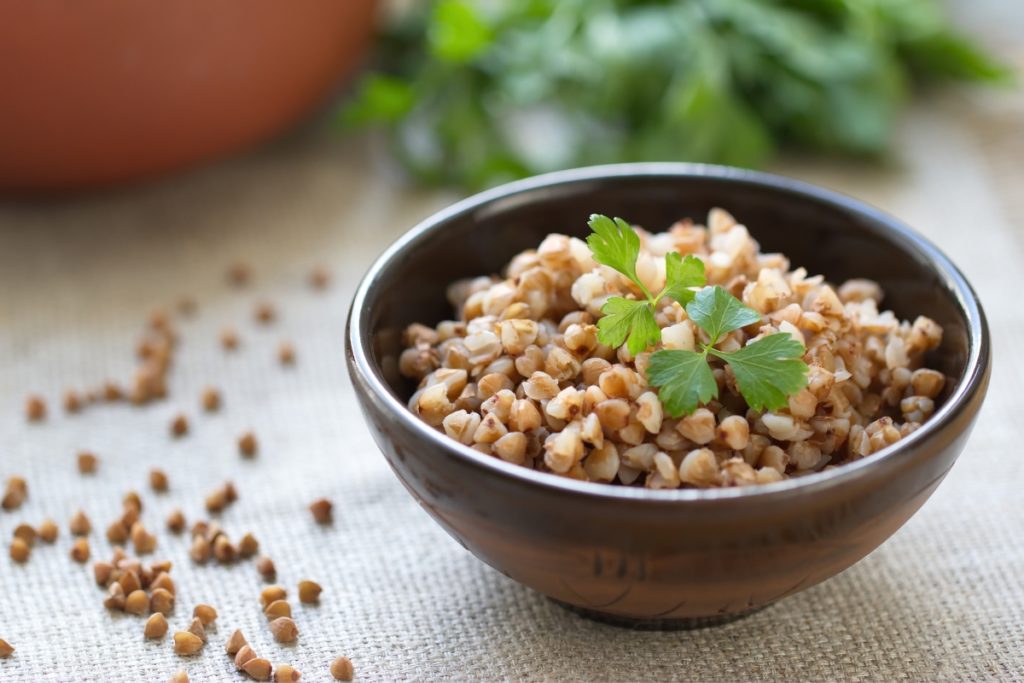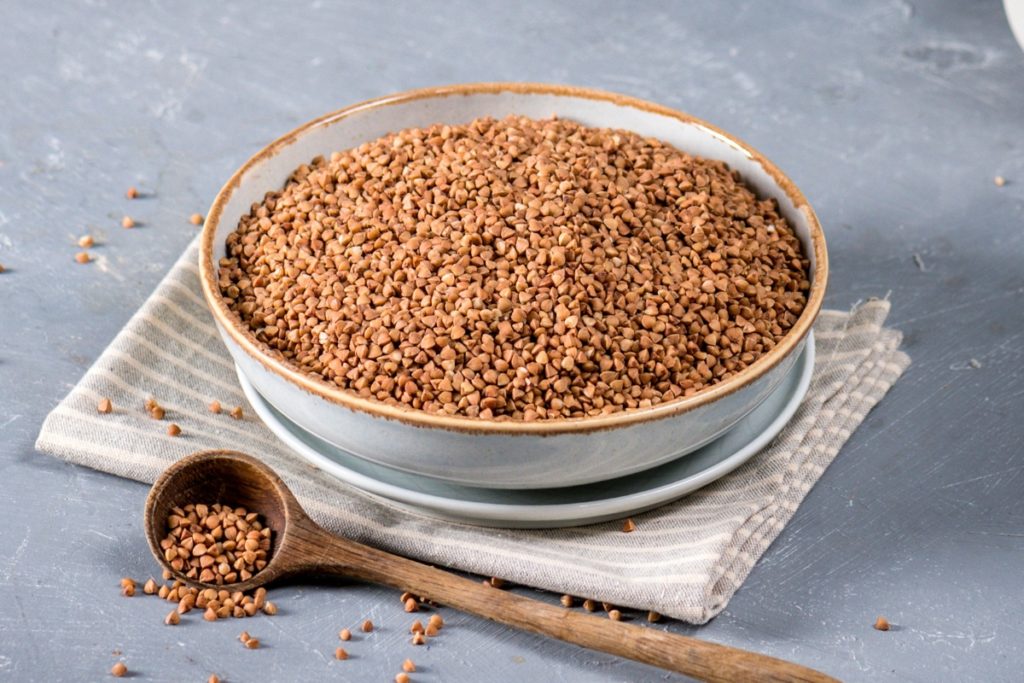Buckwheat is a versatile and nutritious plant that’s super easy to grow and care for and it can be harvested in a relatively short amount of time. It’s often used as a substitute for wheat and other grains. I’ll show you why and how to grow buckwheat plants in your garden.
What is Buckwheat?
Buckwheat is an annual plant that’s part of the Polygonaceae family (same family as rhubarb and sorrel). It’s not actually a cereal grain, but rather a seed that is used in the same way as grains such as wheat or barley – one can call it a pseudo-cereal.
Is buckwheat gluten-free?
It is! Buckwheat is often used as a gluten-free alternative to wheat, making it a popular choice for those with celiac disease or gluten sensitivity.
The plant produces triangular-shaped seeds that are covered in a tough outer shell. These seeds can be ground into flour, cooked like rice, or used to make other dishes – many tasty Eastern European dishes are made of buckwheat. The most popular one would be the Polish golabki.
Why Grow Buckwheat?
- Buckwheat is edible
- The plant looks pretty
- Growing it deters pests
- It attracts beneficial insects
- Helps with weed control

Growing Buckwheat
Buckwheat is a fast-growing plant that reaches a height of around 2 to 4 feet, with a spread of around 2 to 3 feet. It has broad, heart-shaped leaves and produces small, fragrant white buckwheat flowers that attract bees and other pollinators.
Where to Plant Buckwheat
Buckwheat is a relatively easy crop to grow, and it can be grown in a variety of soil types. It prefers well-drained soil with a pH between 6.0 and 7.0. Buckwheat is also an excellent choice for gardeners who are practicing crop rotation, as it can help to break up soil that has become compacted or depleted of nutrients.
Prepare the soil properly for it. Buckwheat prefers soil that is well-drained and rich in organic matter. You can add compost or other organic matter to the soil to improve its structure and fertility. You should also remove any weeds or debris from the planting area before sowing the seeds.
When to Plant Buckwheat
Buckwheat prefers moderate temperatures and does well in stable 70-ish-degree weather. It can be sown directly into the soil in late spring or early summer, once the soil has warmed up to at least 50°F.
How to Plant Buckwheat Seeds
You can sow the seeds by scattering them over the soil surface and lightly raking them in. It’s super easy and doesn’t require any skills or leave room for error. The seeds should be sown at a rate of around 2-3 pounds per 1,000 square feet.
Buckwheat seeds require consistent moisture to germinate and grow. You should water the seeds immediately after planting, and then continue to water them regularly until they are established.
Once the buckwheat seeds have germinated, you will need to thin out the seedlings to ensure that they have enough space to grow. You can do this by removing any weak or overcrowded seedlings, leaving the strongest ones to continue growing.

Harvest the Buckwheat
Buckwheat typically takes around 90 days to mature, depending on the variety and growing conditions. You can tell that the buckwheat is ready to harvest when the seed heads turn brown and the leaves start to yellow.
To harvest the buckwheat, you can cut the stalks and hang them upside down to dry in a well-ventilated area. Once the seeds are dry, you can remove them from the seed heads and store them in an airtight container.
Growing buckwheat is a great way to add a versatile and nutritious crop to your garden. With its fast growth and low maintenance requirements, buckwheat is an excellent choice for both novice and experienced gardeners alike.
By following the steps outlined above, you can successfully grow your own buckwheat and enjoy its flavor and more free time that you would spend on deterring pests and weeds.






Leave a reply